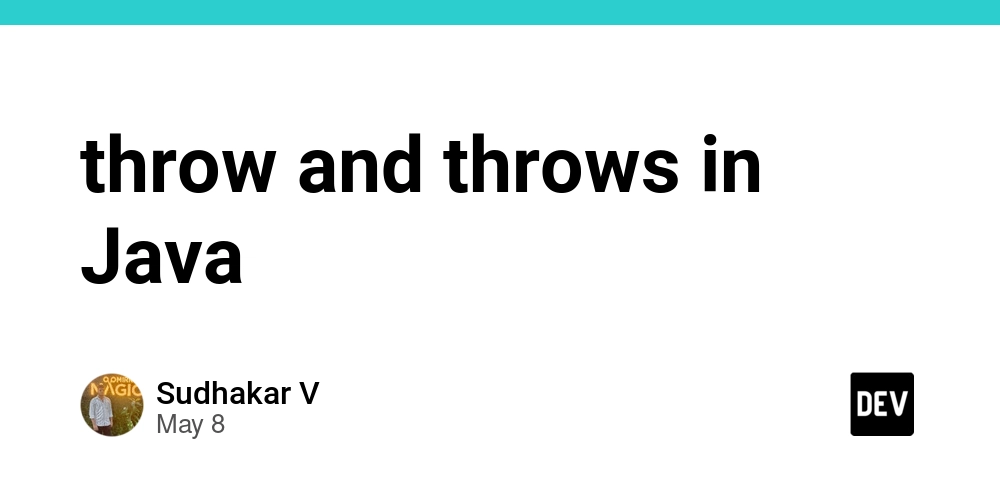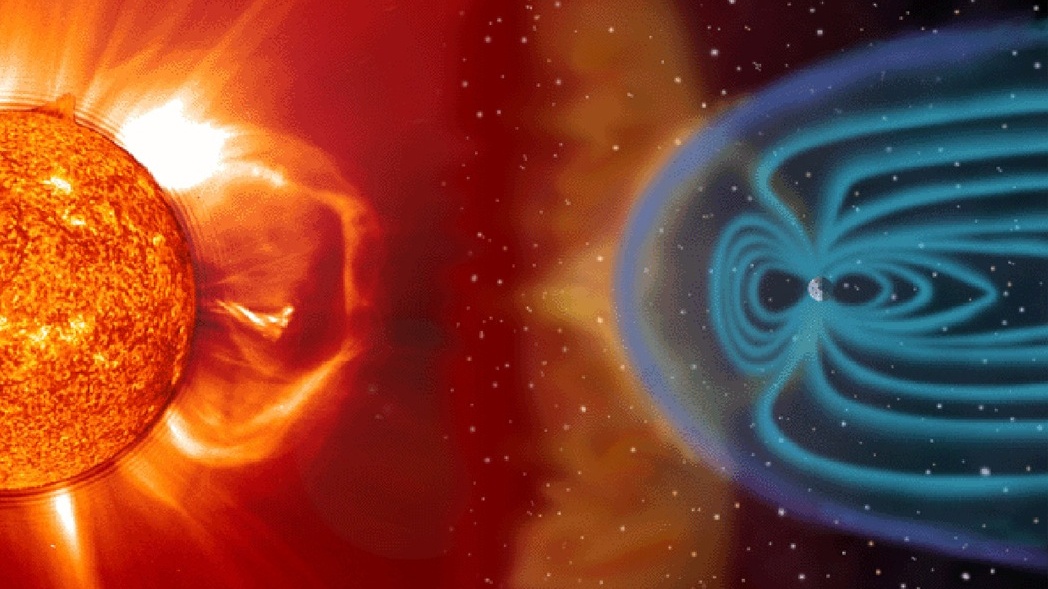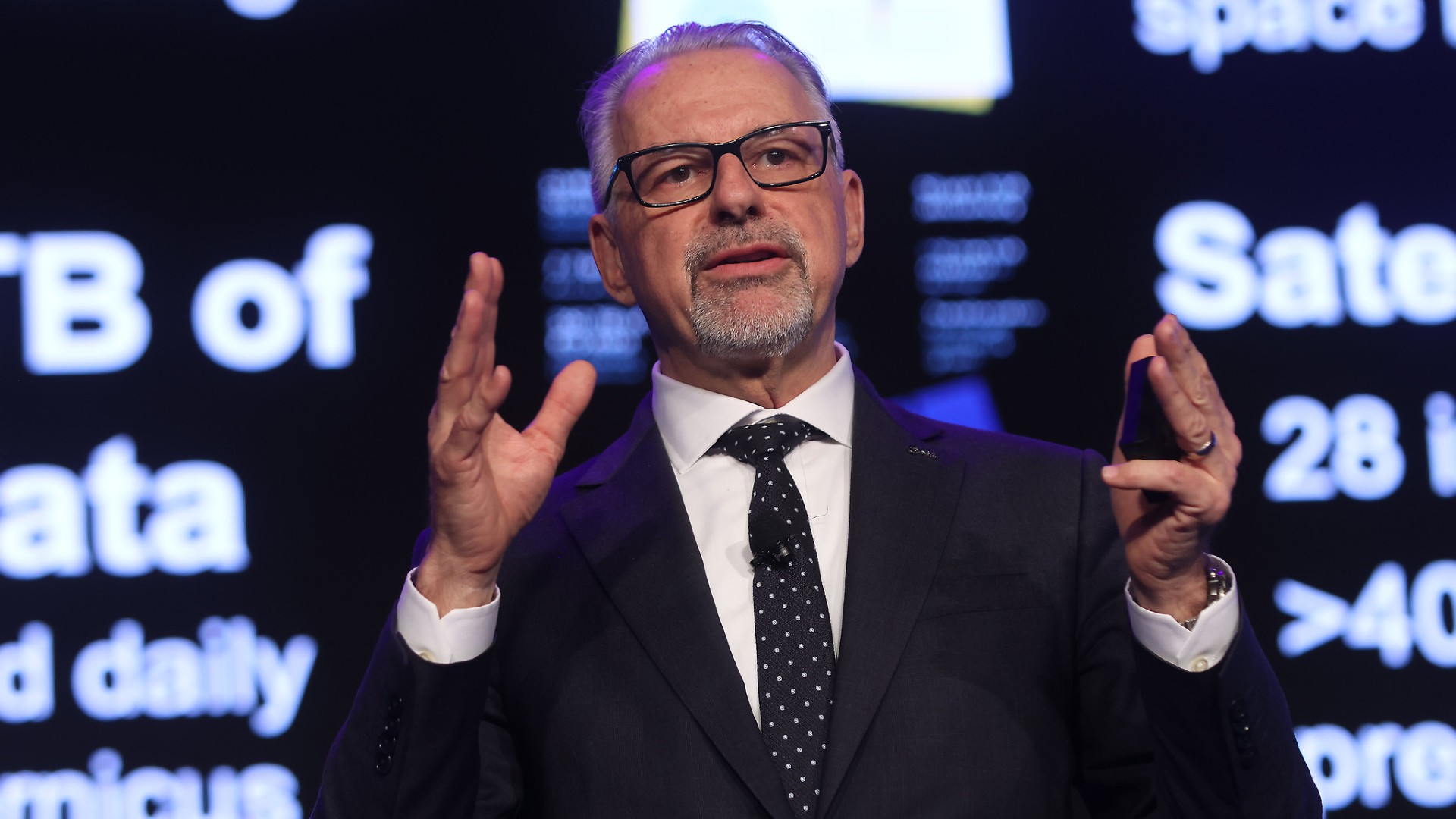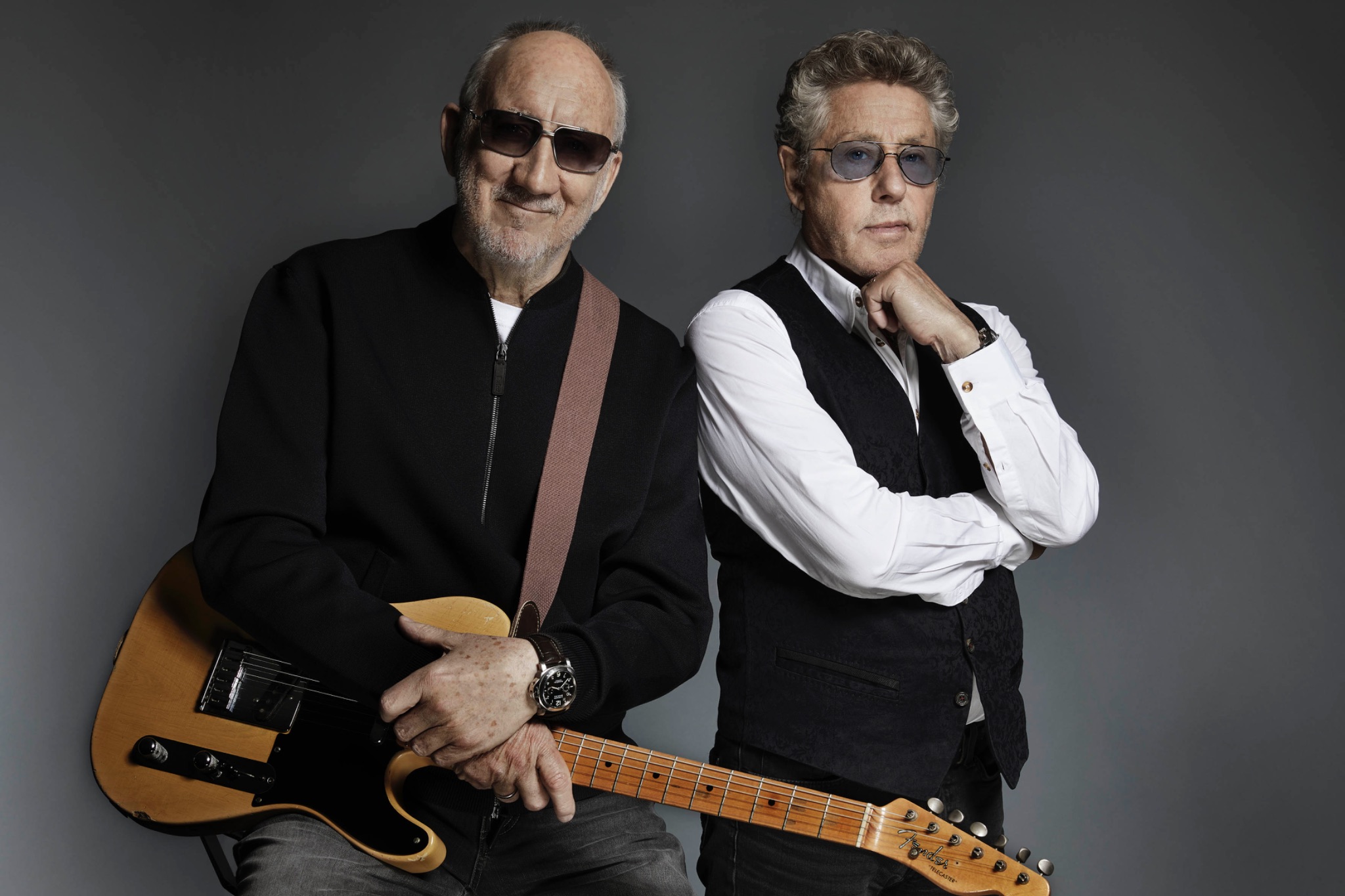How Blue Jays’ Bassitt is finding success by taking it slow
In a slight surprise, Chris Bassitt has emerged as the Blue Jays’ top starter by several metrics. Sportsnet’s Nick Ashbourne analyzes how the veteran has thrived while bucking MLB velocity trends.

Before the season began, Chris Bassitt didn’t look like a strong candidate to be the Toronto Blue Jays’ most effective starter.
José Berríos earned the Opening Day nod after pitching 382 innings of 3.63 ERA ball between 2023 and 2024, Kevin Gausman’s projected fWAR (3.8) was significantly higher than any other Toronto starter and Bowden Francis finished last season with a 1.53 ERA over his final nine starts.
Meanwhile, Chris Bassit entered his age-36 season on the heels of a campaign where he produced his worst ERA since 2016 (4.16). He appeared likely to provide some solid back-of-the-rotation innings, but seemed like more of a floor raiser than an impact starter.
Yet in his first seven starts, the veteran has emerged as the best Blue Jays rotation member by key metrics like ERA (2.95), xERA (3.01), K/9 (9.76), BB/9 (1.59) and fWAR (1.0). Those are particularly surprising results considering he’s seen a significant drop in velocity from 2024, with his trademark sinker going from 92.5 m.p.h. on average to 91.3.
Bassitt’s game is built on unpredictability and command rather than raw stuff, but that’s still the type of drop-off that tends to yield worse results. Instead, he has produced one of the best stretches of his Blue Jays career — especially according to underlying numbers like K/BB:
Although Bassit’s diminished velocity cannot be interpreted as a positive, he seems to be doing just fine despite it, at least partly because his slowest pitches have been extraordinary.
Since Bassitt’s arsenal includes two slow breaking balls (sweeper and curve), he throws more pitches at less than 75 m.p.h. than any other pitcher — and it’s not close. So far this season, he’s thrown more than twice as many pitches below 75 m.p.h. (156) as anyone else. The next two guys on the list — Ryan Yarbrough and Alek Jacob — have combined to throw 147.
Bassitt led the league in this category last season, too, but Yarbrough had 78.8 percent of his total, not less than 50. As recently as 2022, the Blue Jays veteran was fifth in the majors in sub-75 m.p.h. pitches.
While pitches slower than 75 m.p.h. is not a magical threshold, it’s a solid demarcation of the true slow stuff, which seems to be leaving the game in an era where velocity is on the rise and the knuckleball is near extinction.
Bassitt is giving hitters a look they are barely seeing anywhere else, and the results are excellent. The right-hander is throwing pitches under 75 m.p.h. more often this season than in the past two years, and having more success with them.
|
Season |
Percentage of pitches |
Whiff rate |
wOBA against |
|
2023 |
19.4% |
36% |
.275 |
|
2024 |
17.3% |
33.3% |
.282 |
|
2025 |
23.5% |
40.5% |
.179 |
It’s impossible to definitively prove that the scarcity of breaking balls like Bassitt’s are driving his success, but it’s notable that the combined Statcast run value of his curveball and sweeper (+4) is already higher than it was in all of 2024 (+1), 2023 (+2) or 2022 (+3).
When it comes to the quality of those pitches themselves, Bassitt’s curveball has a near-identical movement profile as last season, but his sweeper has more run to it with its average horizontal break (20 inches) up significantly (17.5). That additional movement has resulted in some impressive pitches both inside the strike zone…
… and well outside of it:
That’s a pitch Bassitt uses almost exclusively to right-handers and less than 10 per cent of the time overall, but it’s looking better than ever and garnering a 50 per cent whiff rate in the early going.
Bassitt’s slow sweeper and curveball are just two components of his extensive repertoire, but they each differentiate him the most from other starters around the league, and they’re what’s performing best for him right now. The offerings have the two highest whiff rates and lowest xSLG against of any of his eight pitches, creating a potent combination of missed bats and poor contact.
There are other aspects of the right-hander’s game that have been strong as well. For instance, his Location+ (107) is higher than any number he’s posted since the metric went live in 2020 and ranks 17th among qualifying pitchers. His Edge% (47) is well below the MLB average (42.6) while his Meatball% is lower (5.9 vs. 7.3), supporting the idea that his command is on point.
Relatedly, he’s kept walks under control to an admirable degree.
There is always more than one factor at play behind any pitcher’s success. The recipe for Bassitt’s strong season does not solely consist of breaking balls that travel at a leisurely pace. Those offerings are becoming an increasingly important part of his kaleidoscopic assortment of pitches, though.
In an era where velocity is king, Bassitt’s style has always been a bit anachronistic. Leaning further into the most off-trend aspect of his repertoire is paying off for the veteran.










_Sergey_Tarasov_Alamy.jpg?width=1280&auto=webp&quality=80&disable=upscale#)







































































